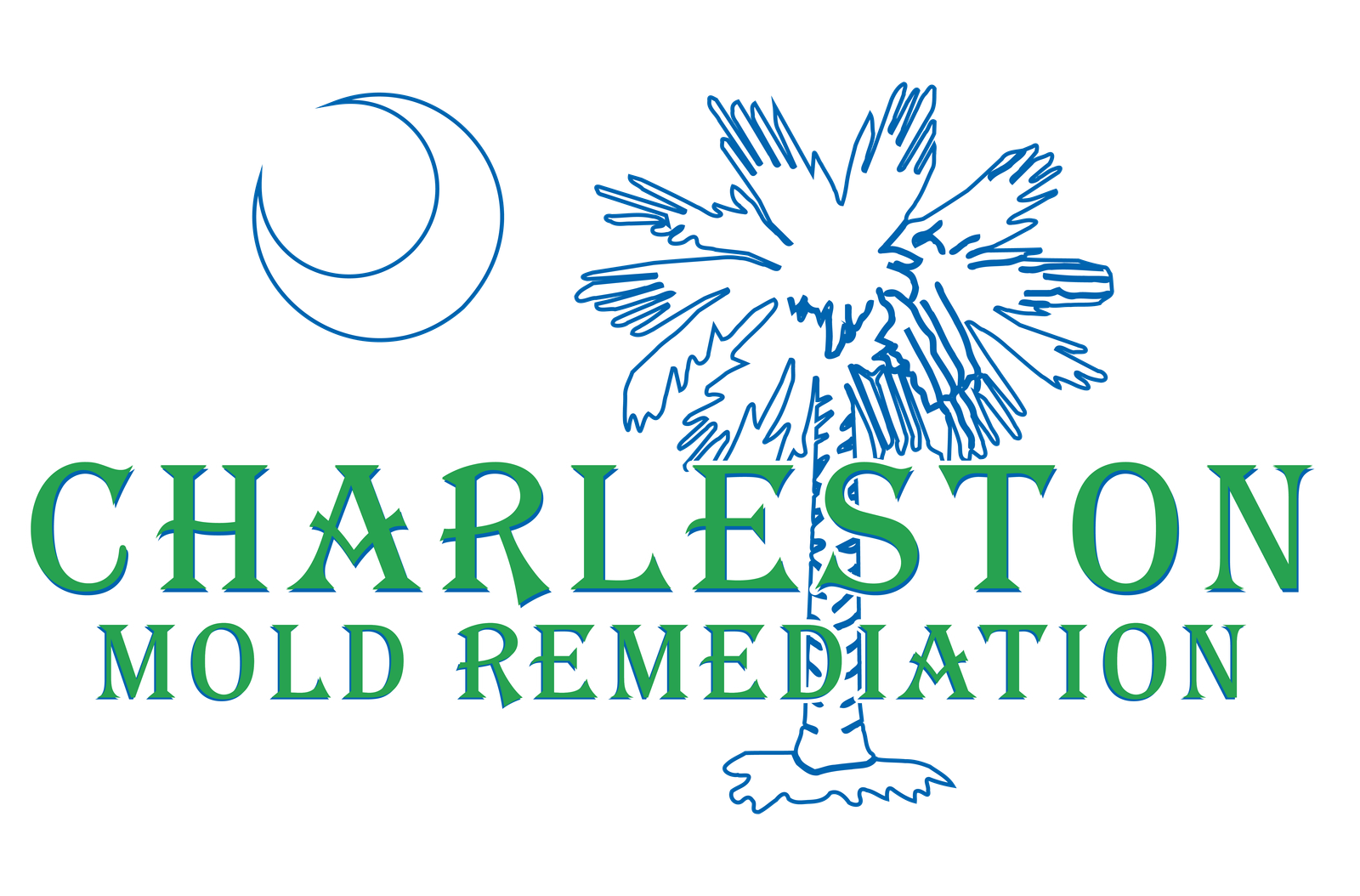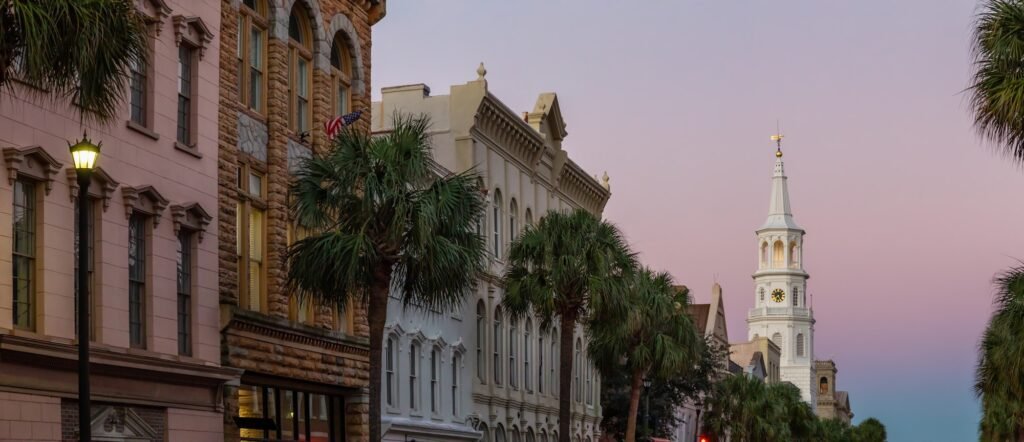Charleston’s charm is as much about its warm, historic beauty as it is about its distinct climate—a blend of humidity and coastal air that brings everything alive. But it’s also this lush atmosphere that welcomes some often-overlooked guests: molds. Just as the city’s architecture reflects centuries past, mold tells a story of its own, subtly shaping our homes and health.
1. Aspergillus
One of the most common molds, Aspergillus enjoys settling on dust and building materials indoors. Though generally unassuming, it’s worth paying attention to, especially for those with respiratory sensitivities.
2. Cladosporium
Cladosporium is something of a shapeshifter, thriving in both warm and cool spaces. It’s commonly found on wood, carpets, and fabrics, often affecting skin and sinus health.
3. Penicillium
While famous for its medicinal properties, Penicillium has a different side. On water-damaged materials, it can cause allergies and asthma. But it also serves as a reminder of mold’s dual nature, both beneficial and challenging.
4. Stachybotrys
Known as black mold, Stachybotrys often makes a home in damp drywall and wood. Though it’s a mold to handle with care, its growth can often point to moisture issues that, once fixed, improve indoor air quality overall.
5. Alternaria
Alternaria, common in the outdoor environment, is also found on damp surfaces indoors. It’s a key player in Charleston’s allergy season but is manageable with regular cleaning and humidity control.
6. Chaetomium
Chaetomium brings a musty smell that signals water damage. But it also provides an opportunity to pinpoint areas needing better ventilation or moisture control, leading to a fresher, healthier living space.
7. Fusarium
Fusarium starts its journey in plants but is found indoors on wallpaper and fabrics. It’s a reminder of how nature weaves its way into our lives, sometimes unnoticed but always present.
8. Aureobasidium
Often found on painted walls, wooden furniture, and window frames, Aureobasidium is another mold that loves Charleston’s dampness. Though largely harmless, it’s one to watch for those with sensitivities.
9. Ulocladium
Thriving in moist areas like bathrooms and basements, Ulocladium serves as a gentle nudge toward regular upkeep. A little extra ventilation can go a long way in preventing its spread.
10. Trichoderma
Trichoderma is an allergenic mold that grows on damp building materials. Yet, with the right steps—like controlling moisture—its presence can be minimized, keeping indoor air fresh and comfortable.
| Rank | Mold Type | Description | Color | Habitat | Health Effects | Spore Size | Growth Rate | Typical Growth Season |
|---|---|---|---|---|---|---|---|---|
| 1 | Aspergillus | Common indoors; found on dust, food, and building materials; can cause respiratory issues. | Green, Yellow | Indoor dust, food, damp materials | Respiratory issues, especially in those with allergies | 2-3 microns | Rapid | Year-round |
| 2 | Cladosporium | Grows in both warm and cool areas; often found on wood, carpets, and fabrics. | Black, Olive | Wood, fabrics, damp or cool areas | Sinus infections, skin irritations | 3-8 microns | Moderate | Spring, Fall |
| 3 | Penicillium | Found on water-damaged materials; known for causing allergies and asthma. | Blue-green | Water-damaged materials, food | Allergies, asthma | 2.5-5 microns | Rapid | Year-round |
| 4 | Stachybotrys | Known as “black mold”; thrives on materials high in cellulose like wood, paper, and drywall. | Dark green, Black | Cellulose materials, damp drywall | Respiratory issues, potential toxins | 3-12 microns | Slow | Summer, Fall |
| 5 | Alternaria | Common outdoors, but also found indoors on damp surfaces; a major allergenic mold. | Dark brown, Grey | Outdoors, damp indoor surfaces | Allergies, asthma, especially in humid areas | 18-23 microns | Moderate | Spring, Summer |
| 6 | Chaetomium | Frequently found in water-damaged buildings; causes a musty odor. | Olive, Brown | Water-damaged walls, buildings | Skin and nail infections, respiratory issues | 7-9 microns | Moderate | Year-round |
| 7 | Fusarium | Typically found in plants, but can grow on wallpaper, carpets, and fabrics indoors. | Pink, White | Plants, wallpaper, carpets | Respiratory infections, allergic reactions | 2.5-4 microns | Rapid | Year-round |
| 8 | Aureobasidium | Often found on painted walls, wooden furniture, and damp window frames. | Black, Pink | Painted surfaces, wood, window frames | Allergic reactions, affects those with weakened immune systems | 3-4 microns | Slow | Spring, Summer |
| 9 | Ulocladium | Common in areas with high moisture, like bathrooms and basements; linked to respiratory issues. | Black, Dark brown | Bathrooms, basements | Respiratory issues, especially in damp environments | 4-8 microns | Moderate | Summer, Fall |
| 10 | Trichoderma | Grows on damp building materials; known to produce allergens and affect air quality. | Green, Yellow | Damp building materials | Allergies, respiratory issues | 2-3 microns | Rapid | Spring, Summer |
Embracing Charleston’s Unique Climate
Mold is a natural part of Charleston’s climate, an element that, with a little attention, can be well managed. These molds remind us of the environment we live in, showing how nature gently interacts with our homes. A few simple measures—like keeping areas dry and ventilated—can create a harmonious balance, keeping Charleston’s historic allure and its natural ecosystem in check. After all, in a place as vibrant as Charleston, even mold has its role.

